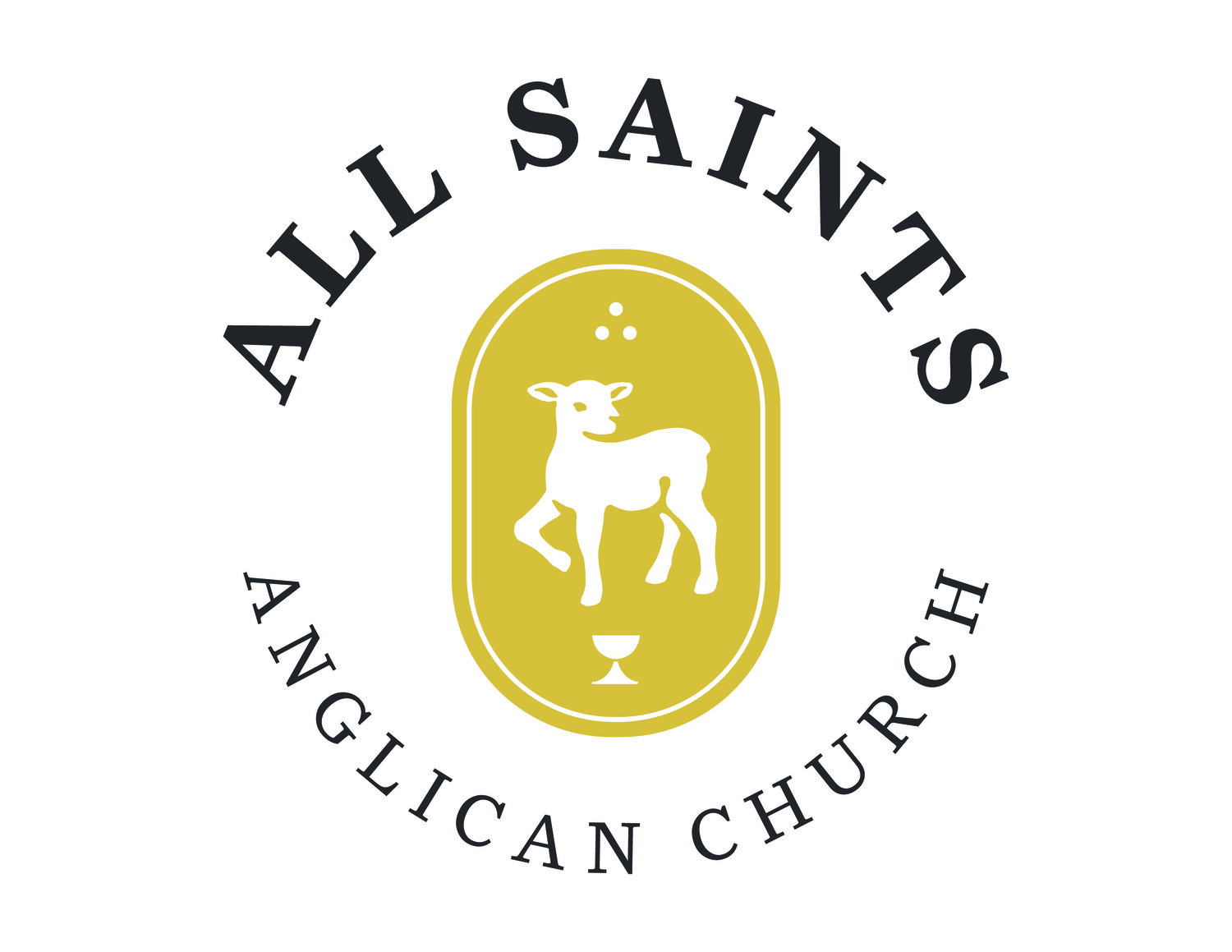In the same way that Christmas Eve begins the feast of Christmas, or Halloween begins the feast of All Saints, Twelfth Night begins the Feast of the Epiphany. It is the last of the “12 Days of Christmas” and culminates in joy and great brightness. The joy of the Nativity blossoms in the brightness of Jesus being revealed as Lord and Savior in the fullness of his manhood.
The Son of Mary has “grown in wisdom with God and man” and now is hailed as the Son God (Lk. 2:52; Matt. 3:17).
On this night we gather with memorial portions of our Christmas greens (Christmas Trees, wreaths, kadomatsu, boughs of holly falalalala-lala-lala, etc.) and make of them a bonfire. We pray the evening service, share a feast, sing psalms and spiritual songs, and make merry (Eph. 5:19). It is the twelfth and last day of Christmas on which we celebrate all the gifts our True Love has given to us (Rom. 12:6-8).
It is a night of brightness.
We observe the evening prayer office in the brightness of the Vesper light, and the luminosity of candles for the light of Christ has dawned on us who once dwelt in darkness and in the shaddow of death (Is. 9:2).
We sing hymns and spiritual songs with bright voices (Eph. 5:19) for the Sun of Righteousness has risen upon us with healing in the brightness of his wings (Mal. 4:2).
We make merry and rejoice, raising bright glasses of sparkling drinks in shining glassware for the Lord has guided our way through the valley of death and made our cups to run over (Ps. 23:4-5)
We celebrate in the brightness of a glowing fire for the Lord has come to us, His love is a flame of fire which many waters cannot wash away (Heb. 12:29; Songs 8:6-7).
All of this brightness is anchored in the three Gospel readings for the day: The revelation of Jesus as the King of Kings to the Magi (Matt. 2:1-12); the revelation of Jesus as the Son of the Father at the baptism of John in the Jordan (Matt. 3:13-17); and the revelation of Jesus as the True Bridegroom at the wedding at Canna in Galilee (Jn. 2:1-11).
We often think of “revelations” or “Epiphanies” as the opposite of those things which are “mysteries.” But this is not quite accurate. Some things are mysterious, are hard to see and understand, because they are dark or shadowed, occluded by a lack of sight, hidden and cloaked by enigma. Other things, however, are hard to see precisely because they are so obvious so apparent and so bright. Like the heart of the noontide Sun, or the center of a bonfire in the height of its blaze, the glory of Christ is mysterious because it’s too hot to look at without blinking.
As tired as post-Christmas and post-New Years may find us, Epiphany beckons us into its brightness to gaze with unveiled faces at the glory of the invisible God revealed in Jesus of Nazareth (2 Cor. 3:18; Col. 1:15). In all the charivari, the ruckus-raising, the cavorting gladness, the wassailing clangor of Epiphany we glory because the same God who said in the beginning “Let there be light” has shone the splendor of Jesus into our hearts by the Holy Spirit (2 Cor. 4:6).
O come let us adore him.


